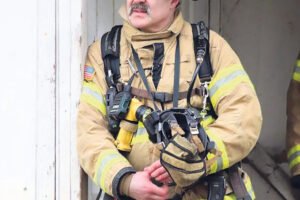The Camas Salary Commission last week unanimously approved a 2% stipend increase for the mayor and city council members.
The Commission held a public hearing on the proposed stipend increase on Wednesday, Nov. 13. No members of the public commented during the hearing, but Camas City Administrator Doug Quinn said one city council member had noted that they opposed the increase.
Earlier this year, Councilwoman Jennifer Senescu mentioned during a city council workshop that she was opposed to the stipend increases considering the City’s expected revenue shortfall in 2025-26.
Commission members noted the objection, but said they felt the 2% increase was in line with inflation, lower than the 2.4% cost-of-living increase many unionized City staffers will receive in 2025, and similar to the stipend increases the Commission approved in 2022 and 2023.
The Commission also recommended no increases for the mayor’s or council members’ monthly technology allowance or for the mayor’s vehicle allowance.



